In our ever-evolving tech landscape, the Internet of Things (IoT) has emerged as a game-changer, connecting our devices, vehicles, buildings, and even us through smart sensors, software, and online links. This digital wave has led to an overflow of data – often referred to as “Big Data” – in the realm of IoT. To make sense of this tidal wave of sensor information and to use it wisely, the concept of IoT data analytics has taken center stage, helping businesses and industries unravel valuable insights and make well-informed decisions.
The IoT Revolution and the Onrush of Data
IoT’s growth has been astonishing over the past decade, with billions of devices now working together, collecting data around the clock. From smart thermostats that tweak temperatures based on our schedules to industrial sensors that keep tabs on machine performance, these devices pour out a constant stream of data that holds the potential to transform industries and improve our daily lives.
But here’s the twist: the sheer amount, speed, and types of data that these IoT devices churn outcome with their own set of challenges. Traditional ways of handling and analyzing data struggle to keep up with this overflow, urging us to come up with smarter ways to deal with and make the most of this data.
IoT Data Analytics: The Key to Unlocking the Treasure
IoT data analytics involves a three-step process: collecting, processing, and understanding the data generated by IoT devices to uncover patterns, trends, and insights. It’s not just about handling data; it involves using complex technologies like artificial intelligence, machine learning, and cloud computing to untangle the data and turn it into useful knowledge.
1. Gathering and Bringing Together Data: Step one is gathering data from various sensors and devices. Since this data comes in different forms, frequencies, and languages, making sense of it is like putting together a diverse puzzle. \
2. Cleaning Up the Data: Raw data from IoT devices can be messy – it might have mistakes, missing pieces, or things that don’t add up. So, before we dig in, we need to clean it up and put it in order.
3. Quick Thinking and Analysis: IoT data needs quick thinking. Since the data keeps coming in real-time, we need to analyse it quickly to make timely decisions.
4. Seeing into the Future: One of the coolest things about IoT data analytics is its ability to predict what might happen next. Imagine if your phone could tell you when it’s going to run out of battery even before it happens!
5. Catching Odd Things: Just like a detective spots something out of the ordinary, IoT data analytics helps us find strange stuff in the data.
6. Where It All Fits: These cool ways of using IoT data analytics fit into various parts of our lives. For example, in factories, they can help make things faster and stop machines from breaking down.
7. Playing It Safe: With so much info flying around, we need to be careful about our privacy and security. Just like we lock our doors, IoT data analytics makes sure our information stays safe from the wrong hands.
The Bigger Picture: Challenges and What’s Next
While IoT data analytics has so much promise, it’s not all smooth sailing. There are challenges, like making sure everything works together and keeping our data safe. But as tech keeps growing, there’s something exciting on the horizon: things called edge computing. This means we can do more of the work closer to where the data comes from. It’s like getting answers faster because we don’t have to send all the data to one faraway place.
In the end, IoT data analytics isn’t just about numbers and fancy tech terms. It’s about making our lives better, our machines smarter, and our cities cooler.
By making sense of this sea of sensor data, we’re not just riding the waves, we’re steering the ship toward a smarter and brighter future.





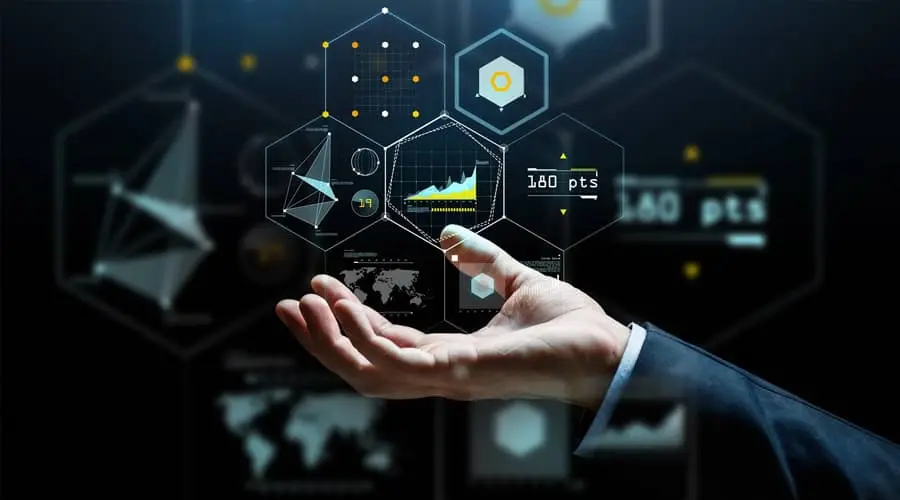
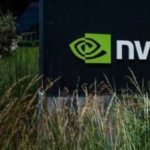
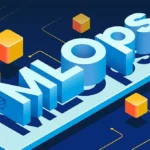
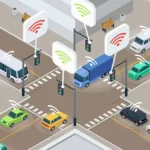






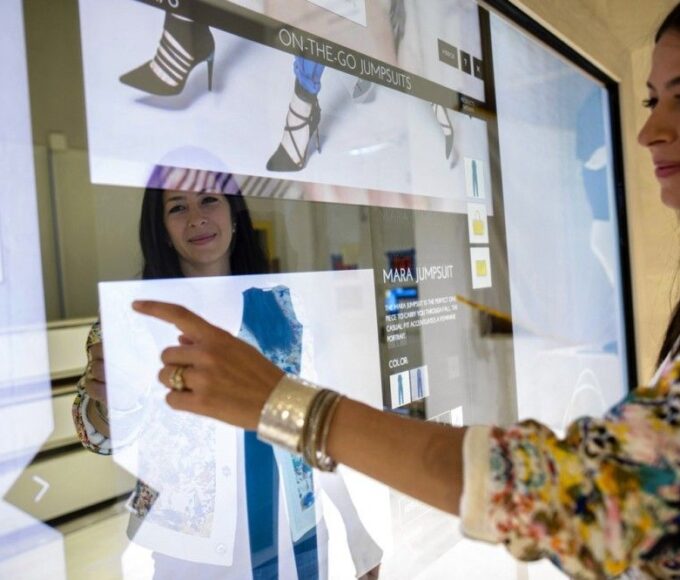
Leave a comment